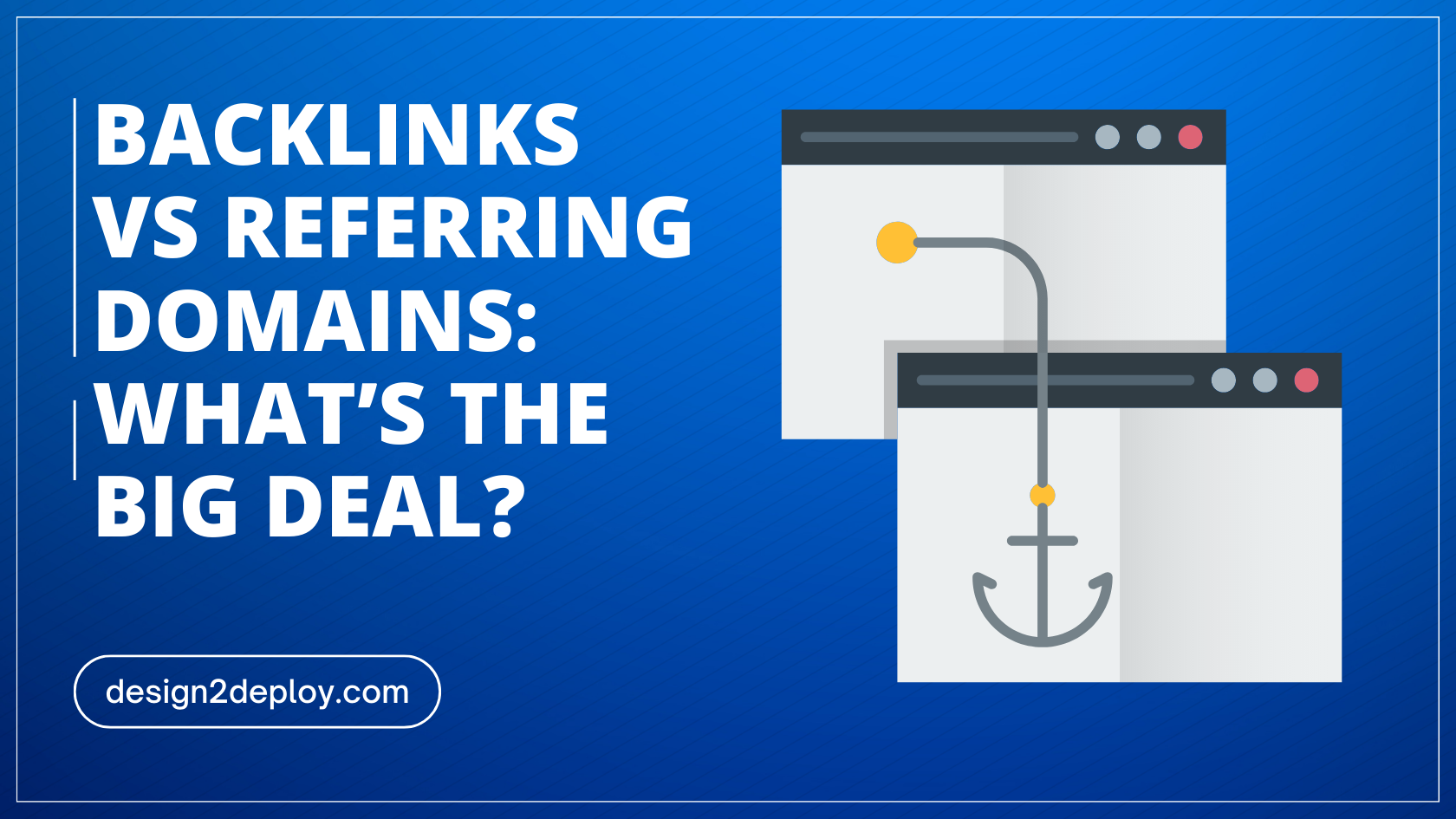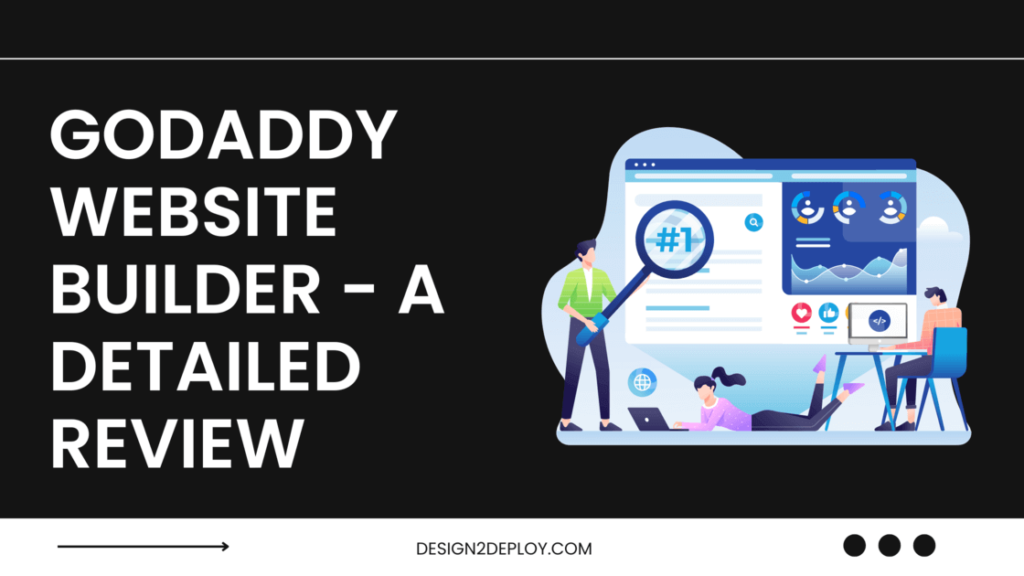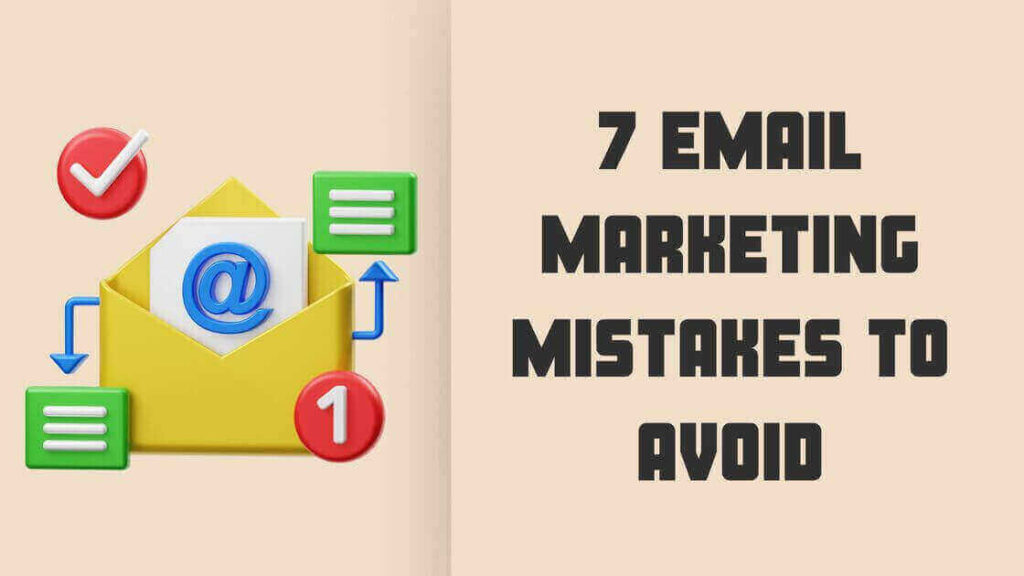What is Hotjar?
Hotjar is a feedback and behavior-tracking software that helps you understand more about your audience and create a better user experience. It is basically an analytics software that helps you understand the behavior of your users and how it can impact your business. Hotjar vs Google Analytics Hotjar is not a replacement or alternative to google analytics. It has to be used along with it for more detailed insight and analytics. Google Analytics provides data about the pages the users have visited, the demographical information about the users, overall website traffic to the site and individual pages, and the conversion and bounce rate. However, hotjar is more about analyzing the behavior of the users visiting the page. It helps you understand how users are actually interacting with the website and on various devices like desktops, tablets, and mobiles. If google analytics point out that the home page has a higher bounce rate, hotjar will specifically point you to the reasons why people are bouncing out and what made them do it so that you can work on making the necessary changes to decrease the bounce rate. Features Hotjar revolves around two basic features, observe and ask. The observing feature lets you observe the behavior of the users and how they react to your website, whereas the feedback feature lets you ask them questions and feedback on their experience and improvements to be made I. Observe Feature There are two tools in this feature. Heatmaps and Session recordings. These are the behavioral tools. These tools analyze the behavior of the user/visitor that uses your website. Heatmaps Helps you find out what people really think of your website and how they are interacting with it. You get to visually see where people are clicking within a website, how far they are scrolling inside a webpage, and in which part of the page the users are spending most of their time on. With this data, you can easily identify the user’s pain points when they are using your service. Session recording This tool gives you the ability to literally look at the recording of the visitor’s screen when they are using your website. You get a video of how people are interacting with your website, whether is it really what you expected them to do, and analyze how they respond to different sections of the website and different pages within the website. Are the users facing any difficulties when doing tasks like filling out a form, or finding the call to action button, is the website easy to understand and navigate? What visitors are focussing on and what they are ignoring. All this information can be analyzed from the session recording of the users. It helps the website owners identify the usability and accessibility issues within their website, that when corrected can not only help owners redesign their website based on the data but also witness an increase in overall user engagement and conversion. II. Feedback Feature The following two tools are the feedback tools that help in getting user feedback. Incoming Feedback A way to collect anonymous data or feedback from the visitors on the overall experience of the website and what else can be improved on it. It also acts as an indirect lead capture when people enter their email when providing the feedback. Surveys You can also collect feedback for your website by creating simple or complex surveys. Surveys are used to gather the customer’s response on the overall look and feel of using your website and how satisfied are they with your service, product, or website’s usability. Why use Hotjar? These are four main and notable features of hotjar. Trusted by Many – Many big and popular companies use hotjar for their businesses. It is also GDPR and CCPA compliant. If you run your business from a country that wants your website to abide by this law, then hotjar covers that too. They provide a 15-day free trial. Reduce assumptions and increase confidence – After analyzing the website using hotjar, you can A/B test your website with different changes and can easily drop or reduce the bounce rate of the website by a significant percentage. Discover issues and prioritize fixes – Increase the overall conversion rate, get issues and fix them as soon as possible. Easy to Integrate – You can easily integrate hotjar with multiple other platforms like Slack, Zapier, Optimizely, Segment, Hubspot, Google optimize, etc.., Hotjar integration is not just limited to this, you can also integrate hotjar using Zapier to multiple other popular platforms like Convertkit, google analytics, Freshdesk, and MailChimp to name a few. It also provides easy-to-install plugins for certain popular platforms like google tag manager, WordPress, dozens more, Shopify, and click funnels. How can hotjar help in improving your website? It is much more than your basic google analytics. Hotjar makes your website a better experience for your users. After signing up, hotjar provides you with a tracking code for your website that you can embed in your website to track more details about the users. Here is a list of points on how hotjar help in improving your website: Hotjar Pricing Hotjar offers 3 types of packages, the observe package, the ask package, and the custom package. And within each package, there are 4 different plans. If you need access to both the observation features and feedback features you need to opt for both plans individually. Opting to only any of these packages provides you access to only those features. Signing up for observe package doesn’t provide access to the ask package. The observe package The observe package includes the observable features namely the heatmaps and session recording. There are 4 plans within the observe package namely the basic plan, plus plan, business plan, and scale plan. Basic plan – free plan, and it includes access to 1050 recorded user video sessions per month, unlimited heatmaps Plus plan – $32 / month plan that includes access to 3000 recorded video sessions, ability










